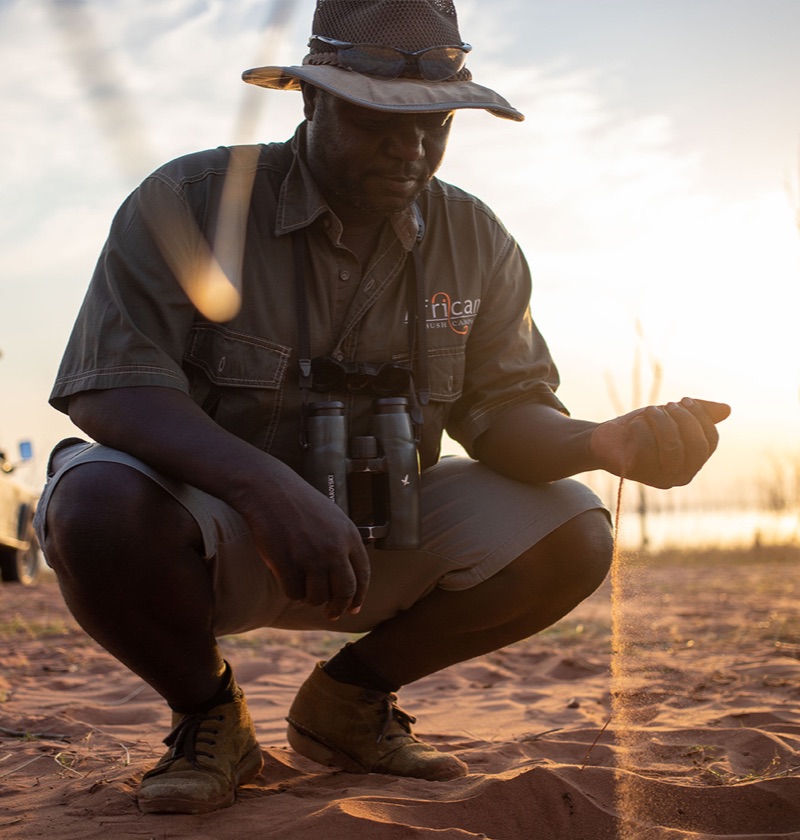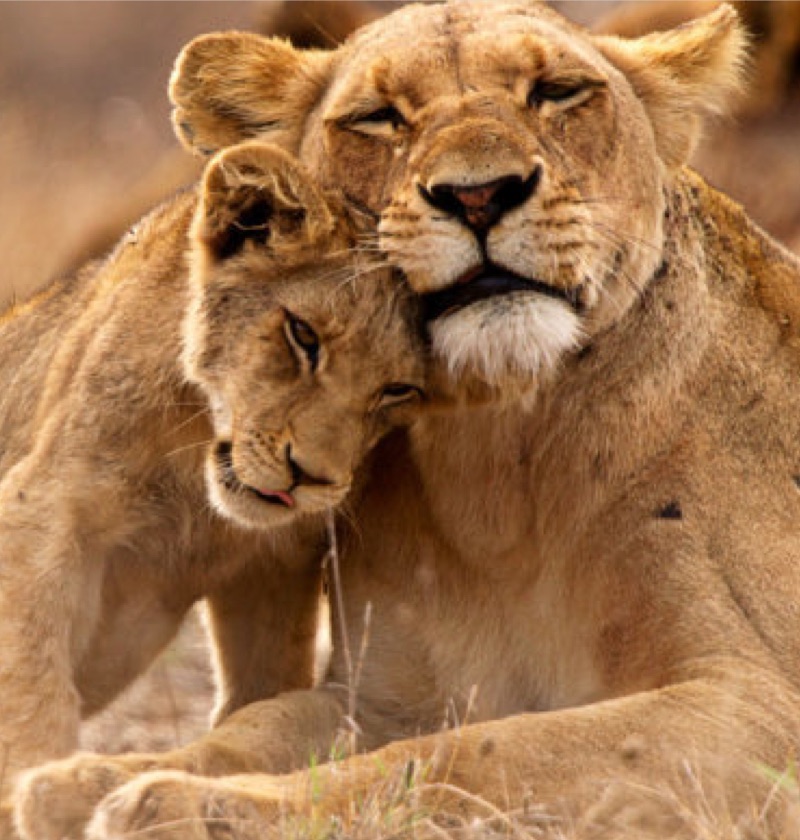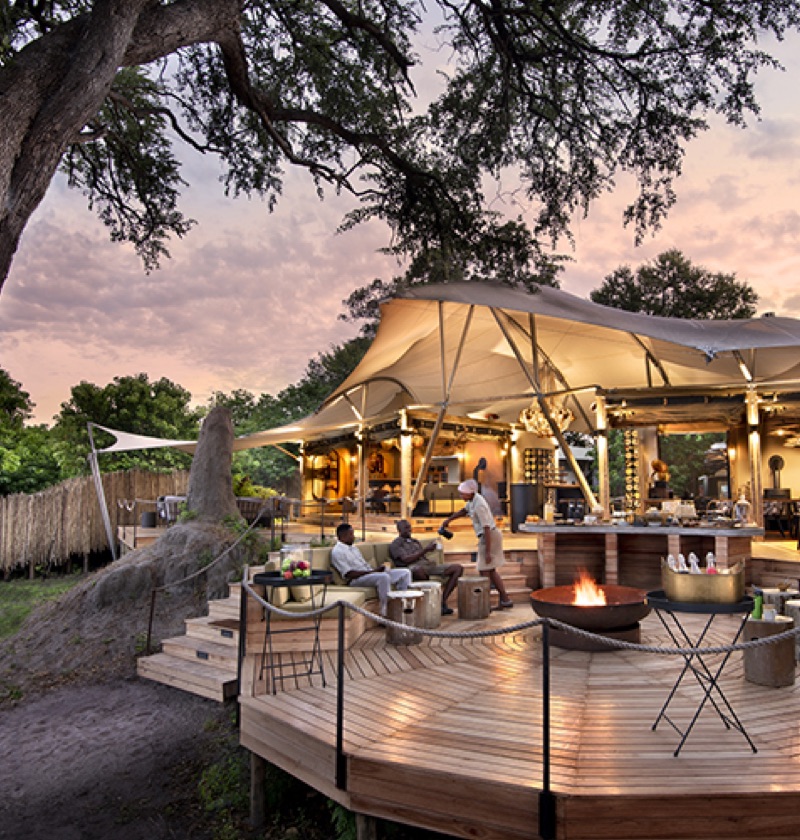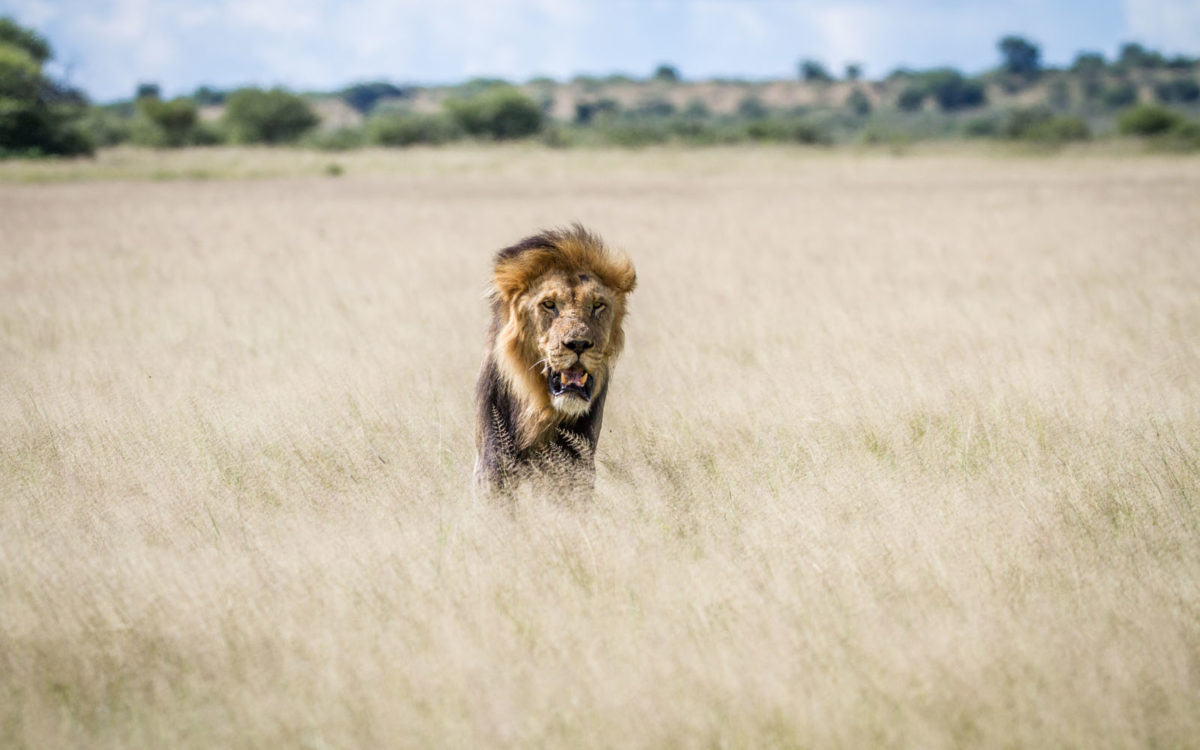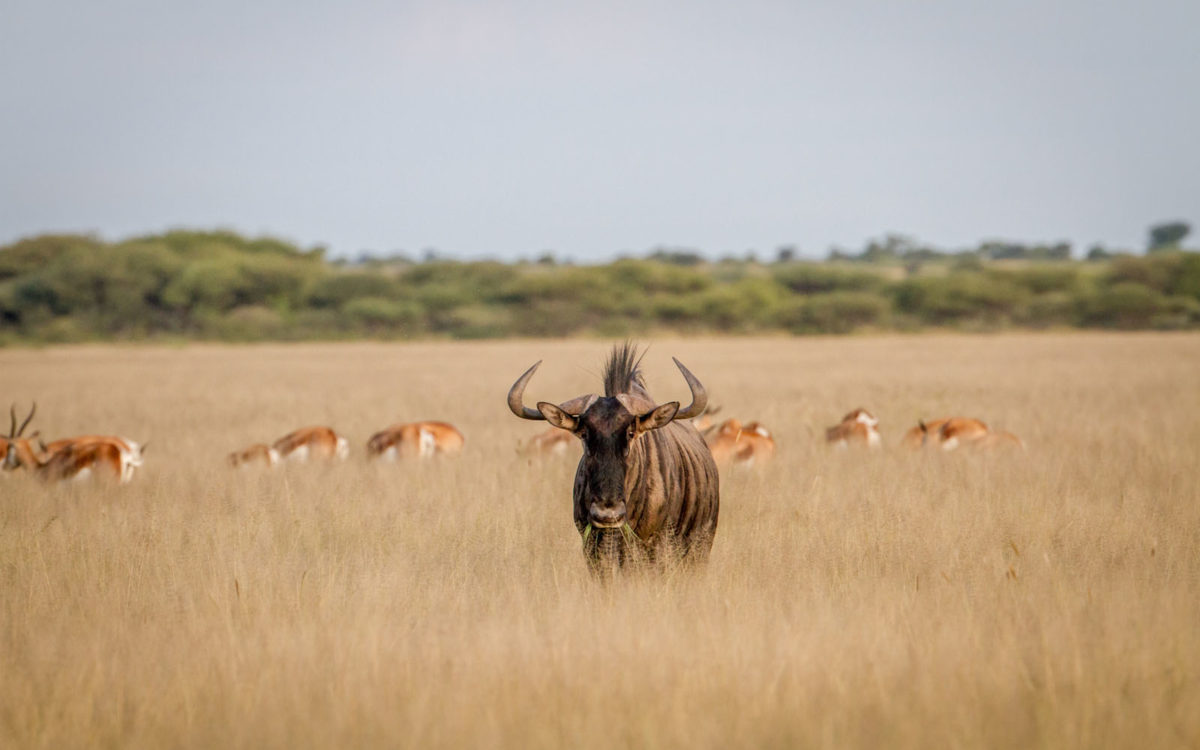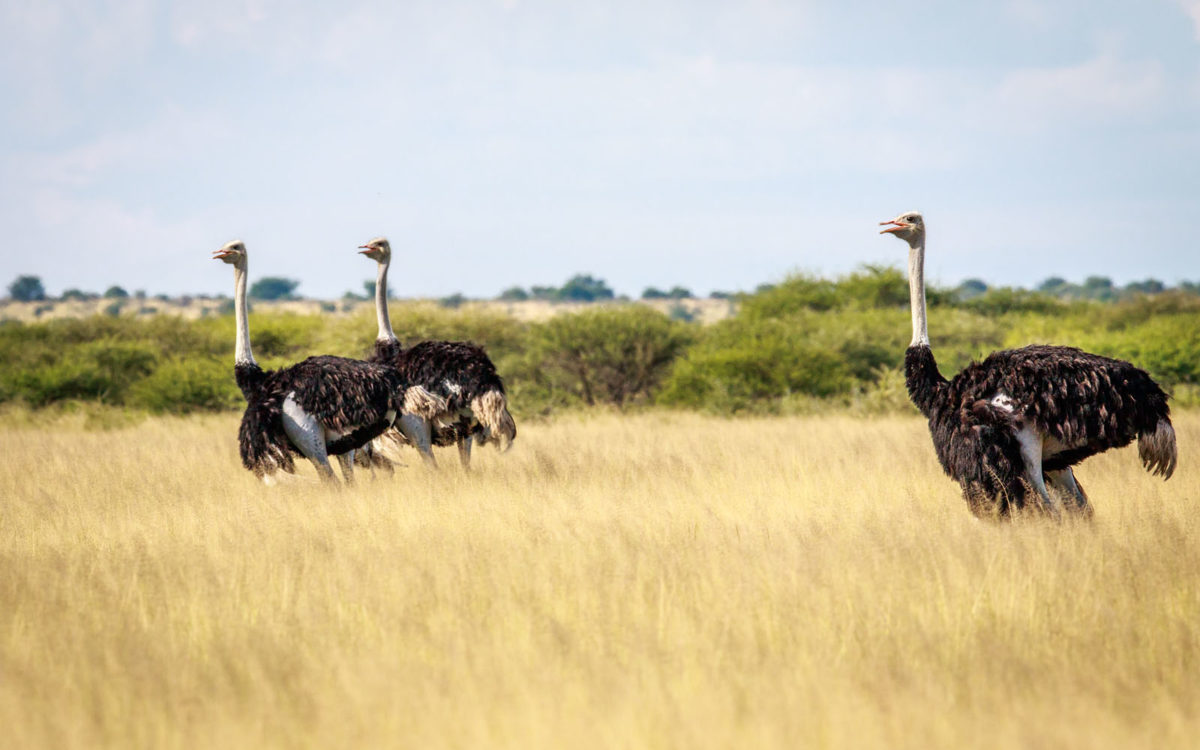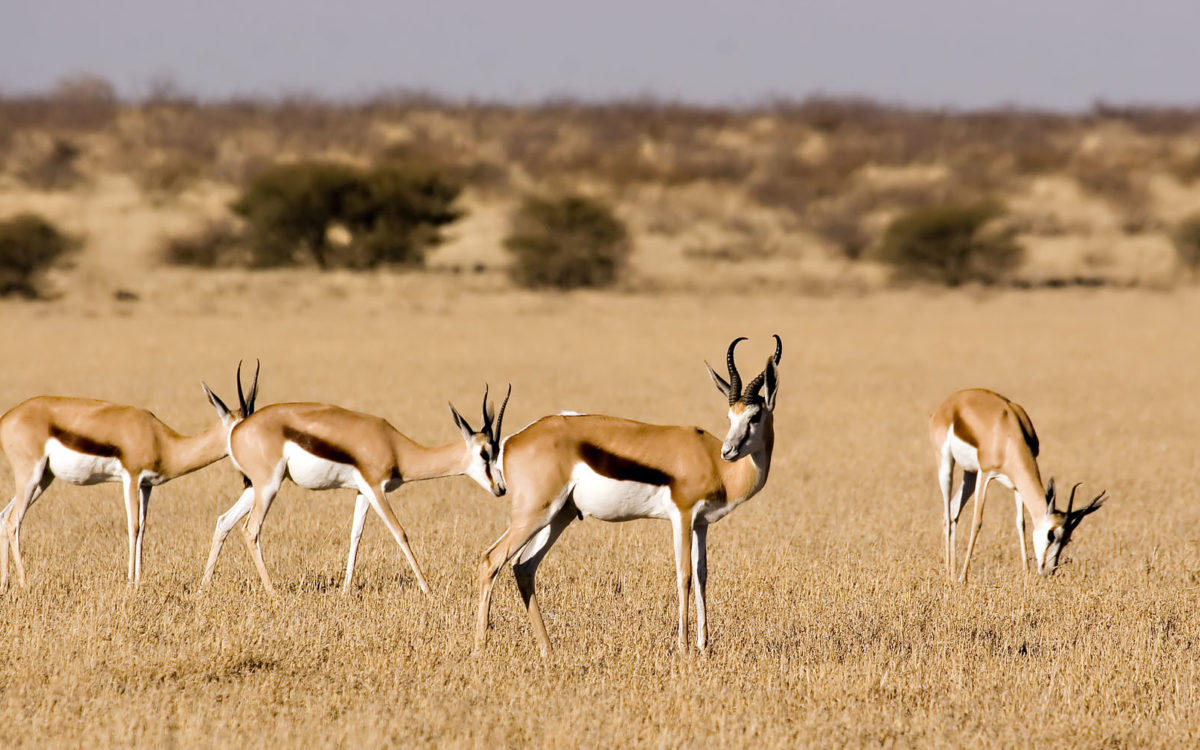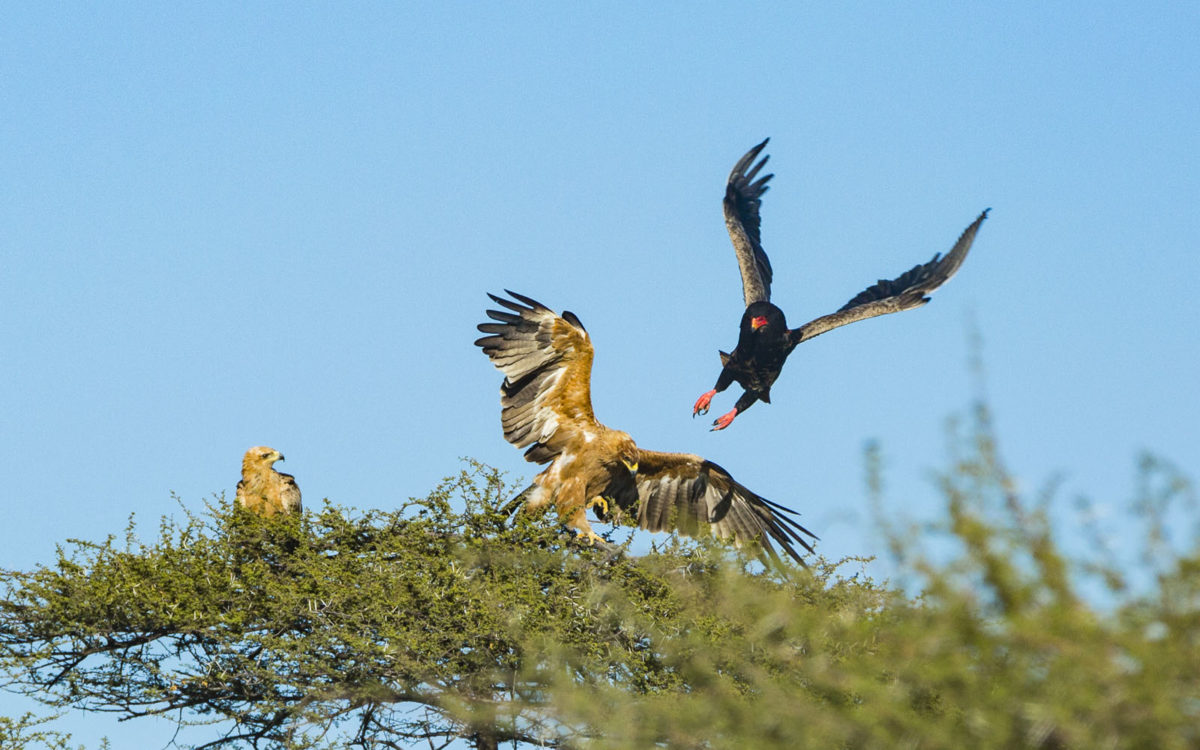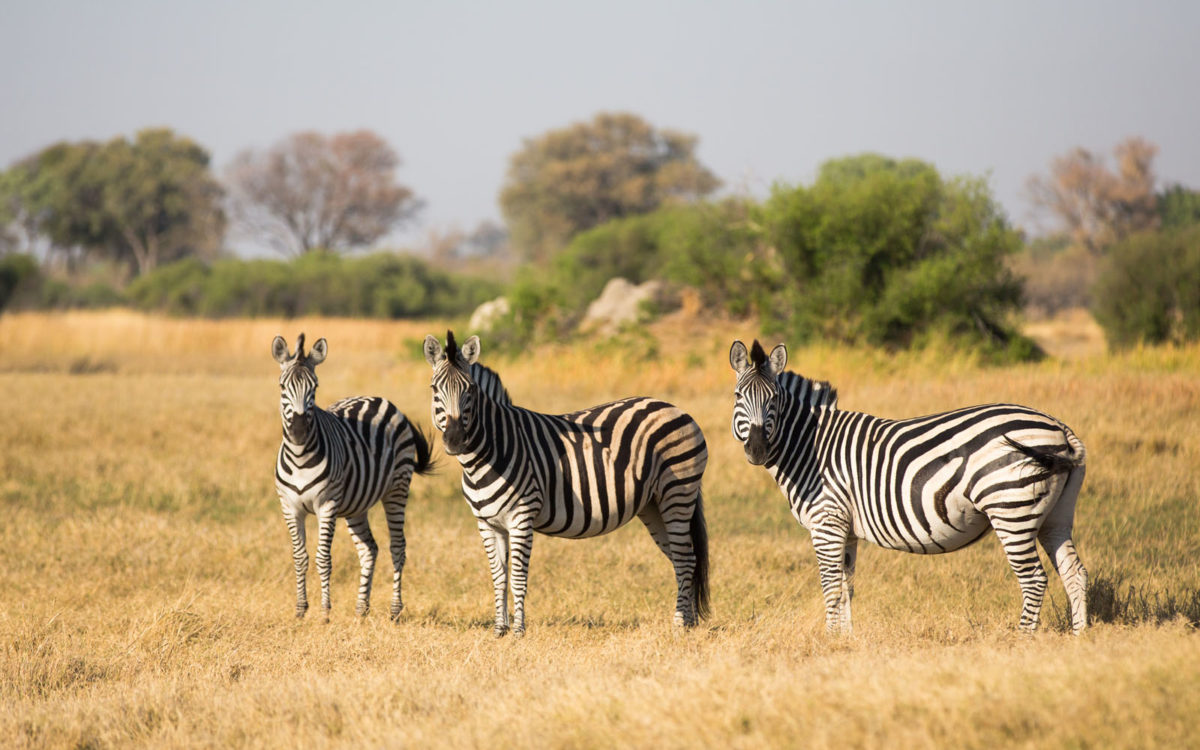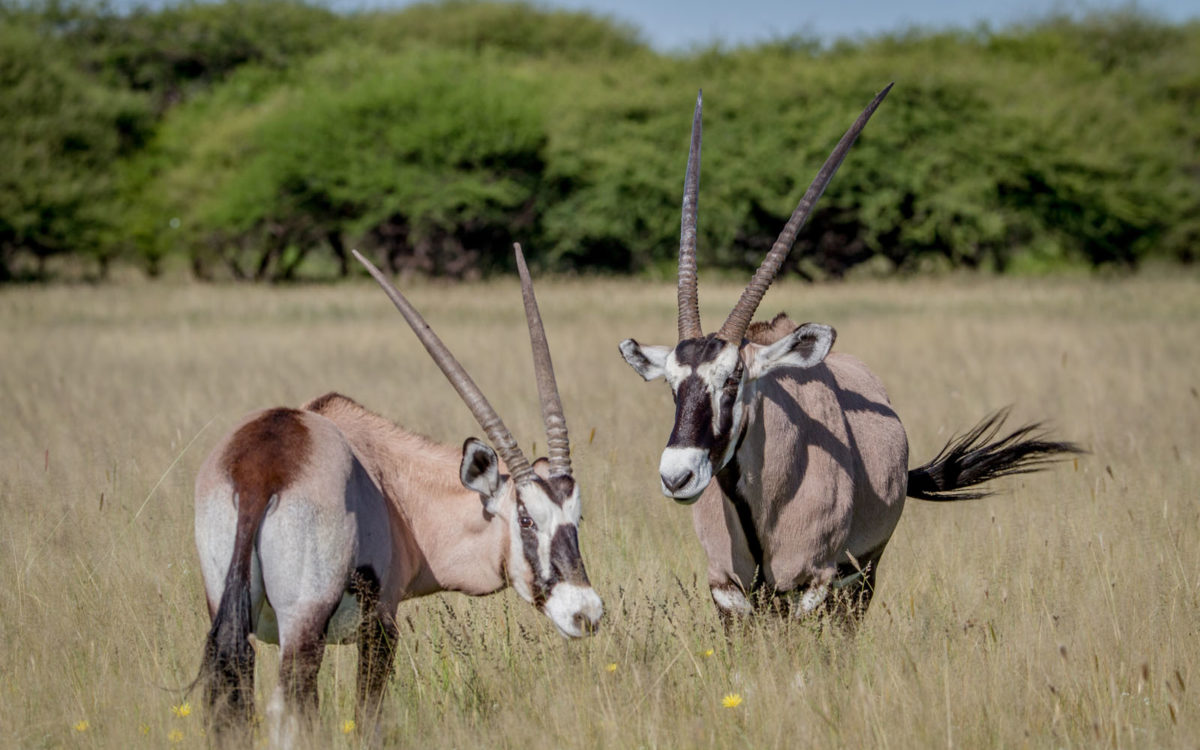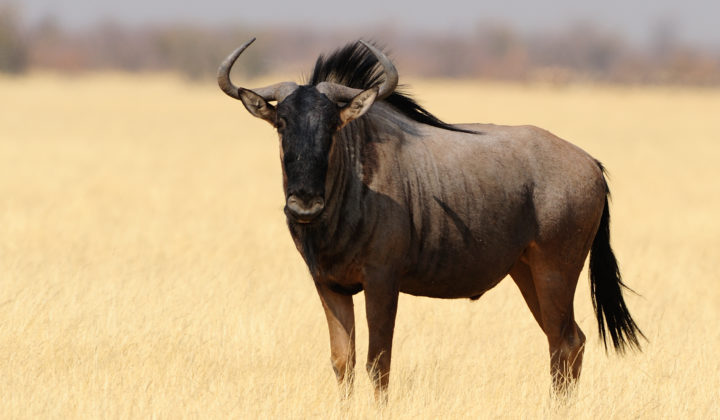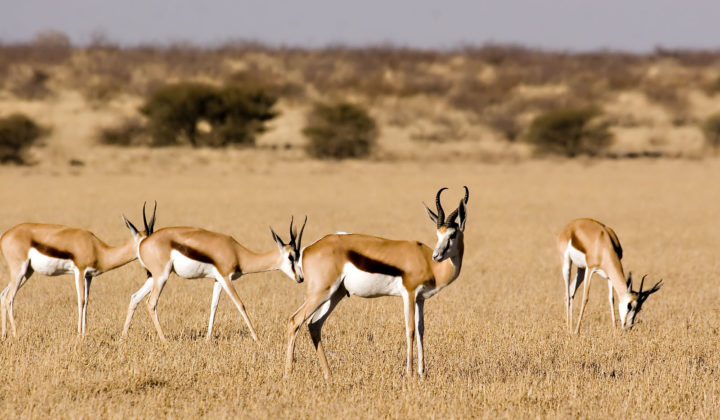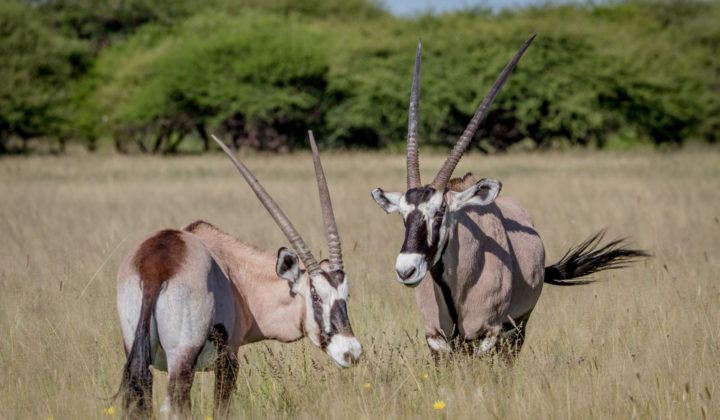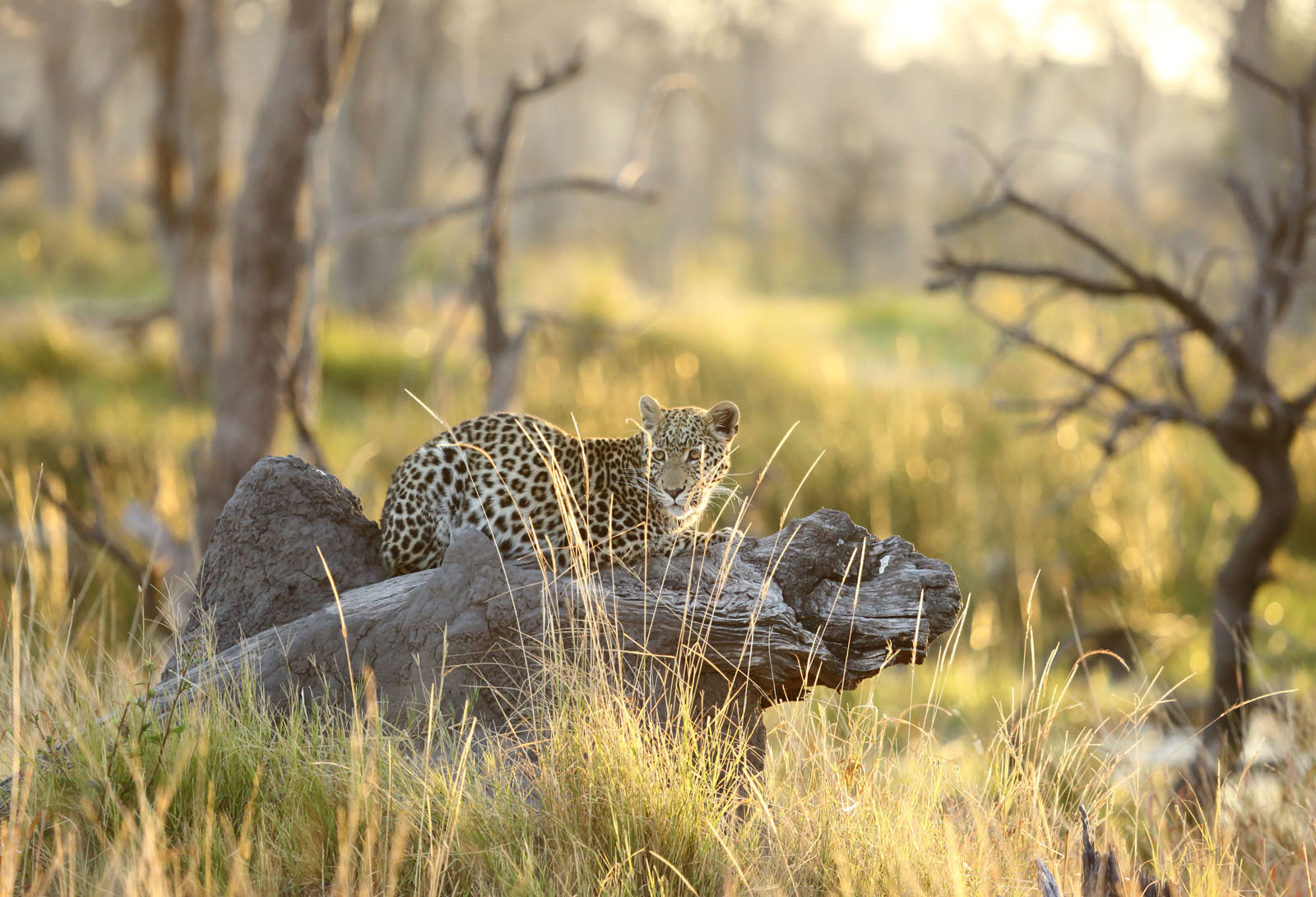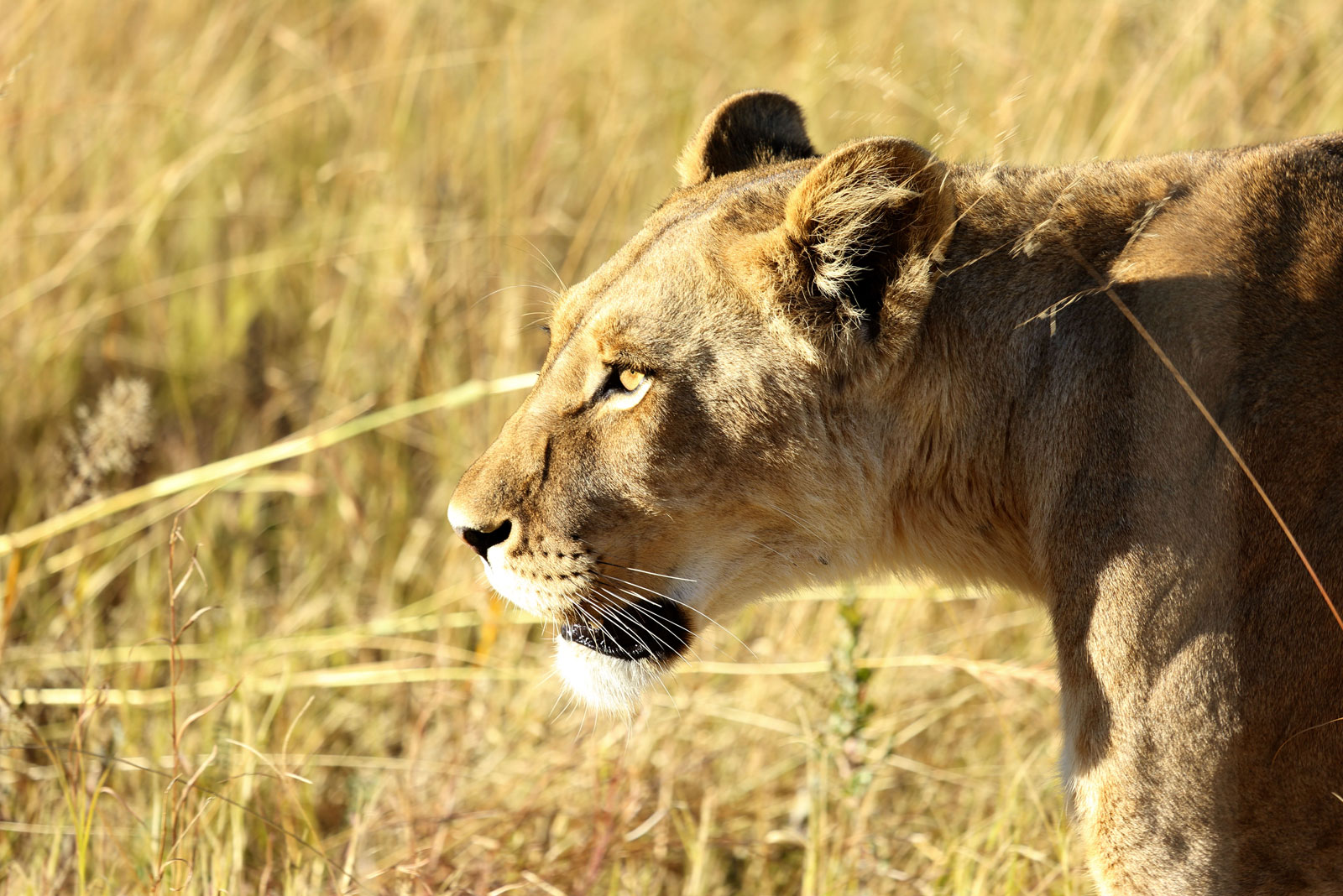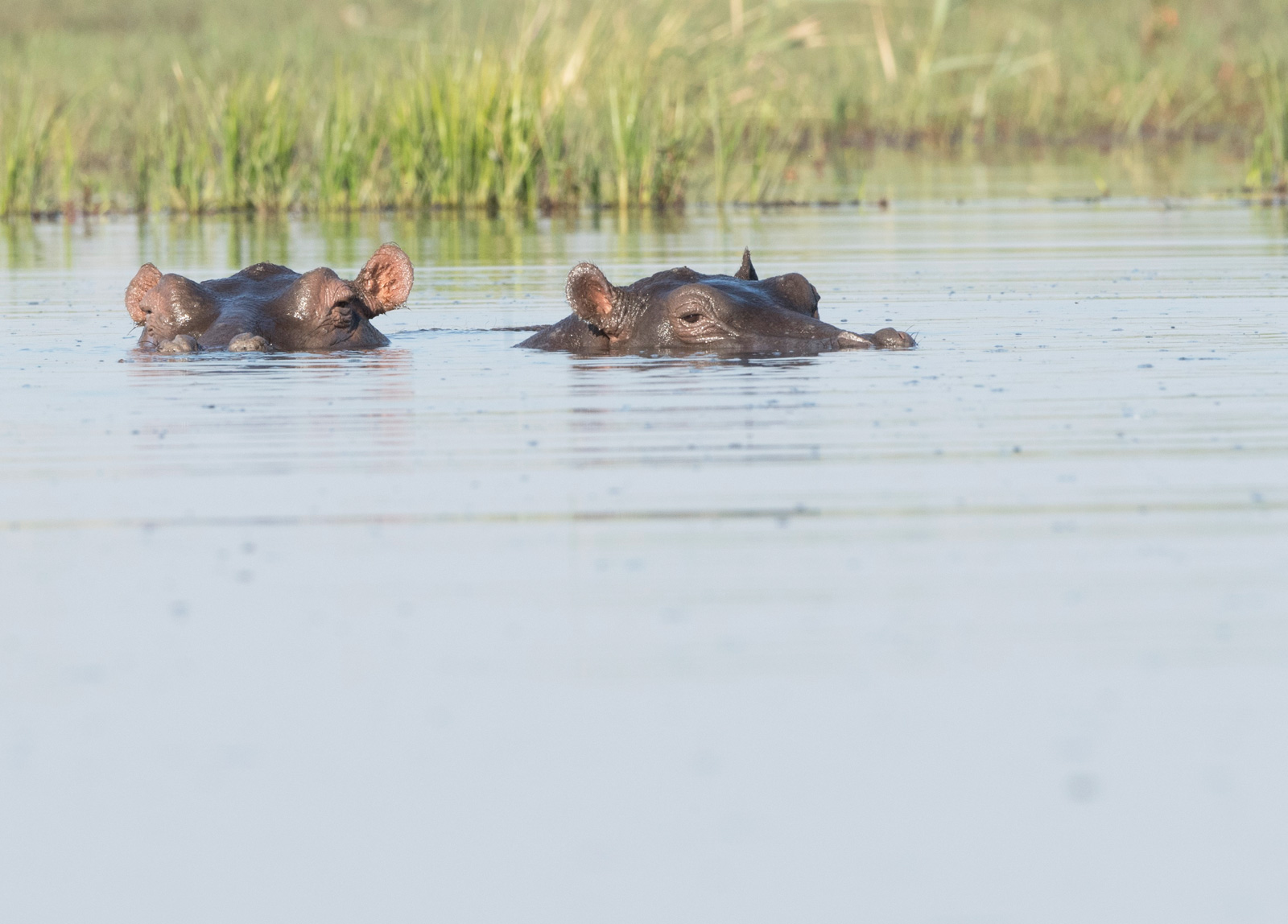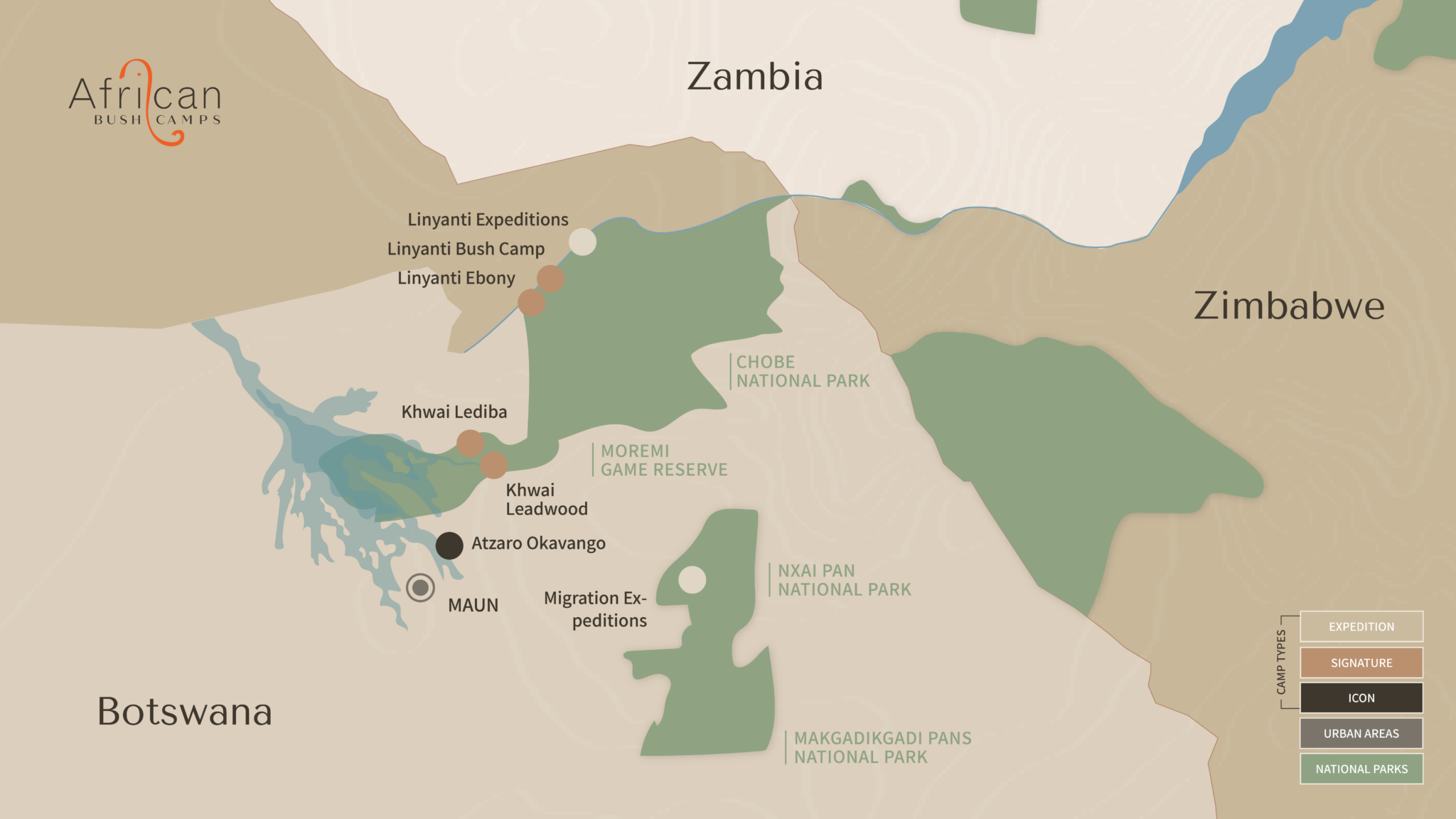The largest sand basin in the world
Nothing prepares you for the sheer magnitude of this Central Kalahari Game Reserve, or its rugged and magnificent beauty. As soon as you step foot here you will feel an overwhelming sense of remoteness and isolation. Luscious golden grasses seem to stretch infinitely, dotted by Kalahari acacias and the occasional spread of sand dunes in the north, flat bushveld in the central area and saltpans and river valleys in the south-east. As the largest wildlife reserve in Southern Africa stretching up to the Democratic Republic of Congo, every corner of this 50,000 sq km patch of untouched wilderness is mesmerising.
During and after the summer showers, the northern grassland region is a hub of activity for wildlife which gather in their herds. Home to the black-maned Kalahari lions, sit back in awe and admire these majestic predators amongst large groups of grazing springbok and gemsbok, cheetah, wildebeest and giraffe. One of the main draws, however, is this northern Deception Valley, an 80km-long ancient riverbed, with its dense concentration of herbivores attracted to the luscious sweet grasses after the rainy season. Meanwhile, other interesting areas to explore are Sunday and Leopard Pans, Piper’s Pan and Passarge Valley.
The Central Kalahari Game Reserve was originally designed to provide a homeland for the San Bushmen, a people of nomadic hunters and gatherers who inhabited the area for the past 30,000 years. Most of them are now mixed with other local tribes and live in villages or settlements in the Southern part of the reserve, and often work as guides in the desert offering a fascinating and authentic insight into the region.
Speak to one of our Senior Travel Advisors to plan your perfect Botswana Safari.


